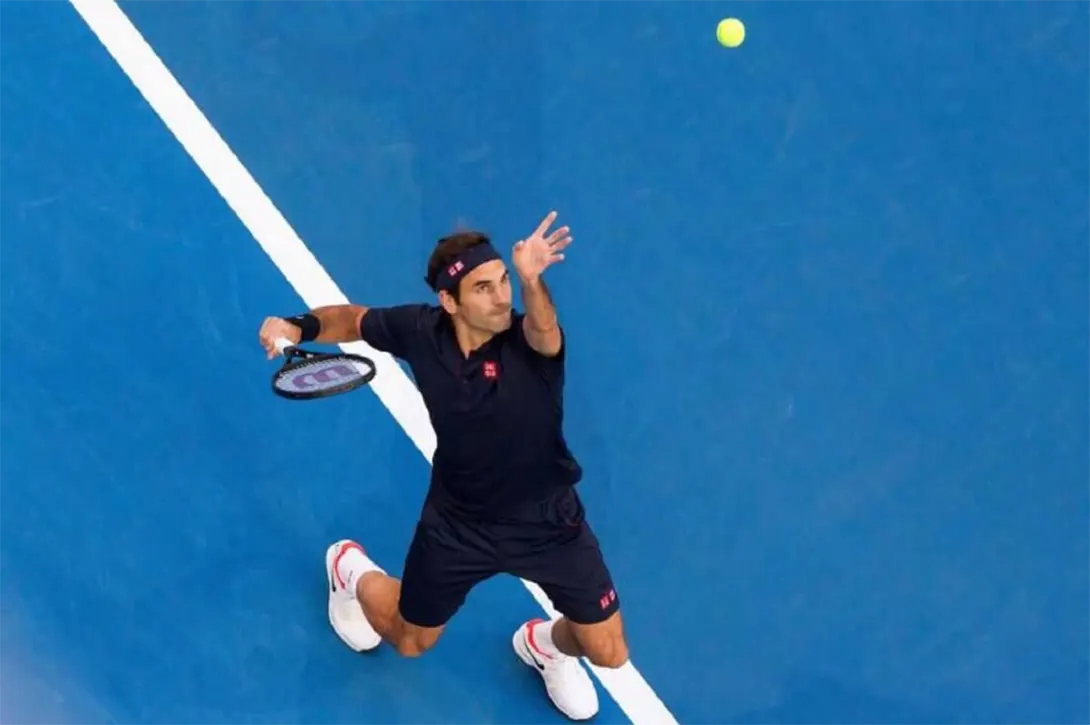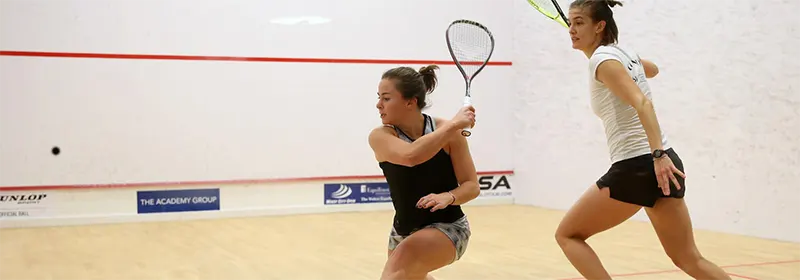26 May 2022 / 3-Min Read / Translate
Serving overarm in squash might make you feel that you are taking advantage of the serve, like tennis players do, but the reality is that serving overarm in squash doesn’t really help. In fact, there’s a good chance you are making it easy for your opponent, and nobody wants that, right?

The problem is the service line, also called the cut line, because it is above the height of your head, so unlike a tennis serve which has a significant down angle, a squash, while it does going downwards from an overarm serve, it’s not downwards enough to make it effective. All that happens is that you hit the ball hard, which gives YOU less time to get to the T and prepare for your opponent’s shot.
The ball will almost certainly fall short of the corner and if it doesn’t then it is moving so fast it will bounce out the back anyway.
“Arh, but Phillip” you say, “it works really well for me”. And it will until you play somebody better than you and then it turns from a point maker into a point loser! A player with more experience will simple attack a short serve and put you under pressure.

They will volley the ball and either hit it short, giving you very little time to respond, or hit it deep – using the ball’s speed to take it into the back corner, forcing you to scrabble to the back and be on the defensive. That’s not what you intended, was it?
So this is your conundrum: continue serving overarm and having some success or begin to develop a better serve that will serve you (Haha! see what I did there?) up to professional level. This is a problem faced by new players and improvers in many areas of their game: seemingly short-term success versus high-performance habit building that will help you for the rest of your squash life.
So what is a good, or at least better serve? Ideally, you want to hit a serve that makes it hard for your opponent by pushing them into the corner. It doesn’t have to be the same serve every time, but it does need to attack their weaknesses, which are generally shots close to the side wall and high shots.
Let me rephrase that: serve high so that your opponent has to hit the ball when it is close and high to the side wall, because if they don’t, it dies in the back corner. Simple, isn’t it?
Serving overarm is squash brings no benefit long-term. Develop a better serve that attacks your opponents’ weaknesses.